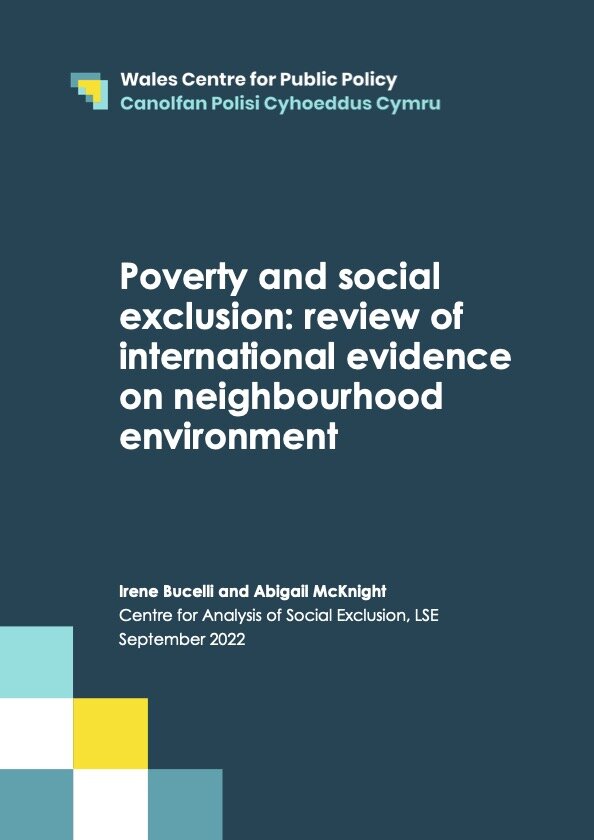Edited by Shlomo Deshen and Walter P. Zenner
FROM THE PREFACE: “This work sterns from many decades of effort and affection which we, as social anthropologists, have invested in research on Jews from Muslim lands for over thirty years. We have been engaged in uncovering the present-day life of Middle Eastern Jews in Israel, the United States, in other countries in Europe and the Americas, as well as North Africa. Together with our interest in the present, we both have a lively interest in the social history of these people. In 1982, we published a volume of selections which tried to reconstruct the lives in Jews in traditional Middle Easter societies, as well as syntheses by anthropologists and historians. Jewish Societies in the Middle East: Community, Culture and Authority was well received at the time. But, since 1982, much has been published on the Jews of North Africa and Southwest Asia, both by professional historians and anthropologists. Anthropological thinking has become more critical of earlier theoretical approaches. The perspectives of scholars have been affected by political changes in the relationship of Israel and her Arab neighbors. We decided to respond to these developments by editing a new volume.”
NY. New York University Press. 1996. 297p.





















